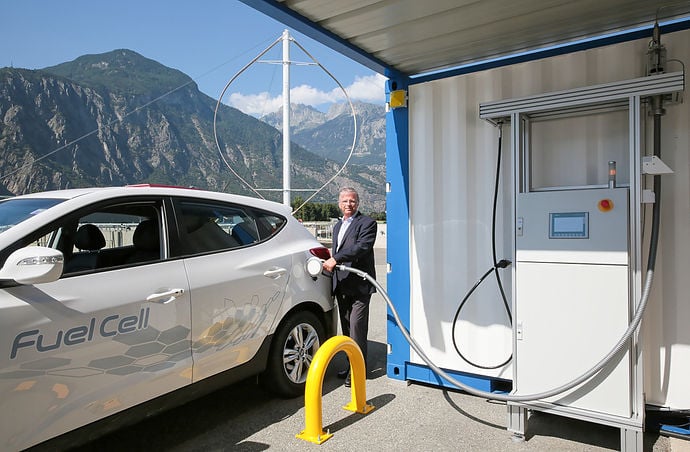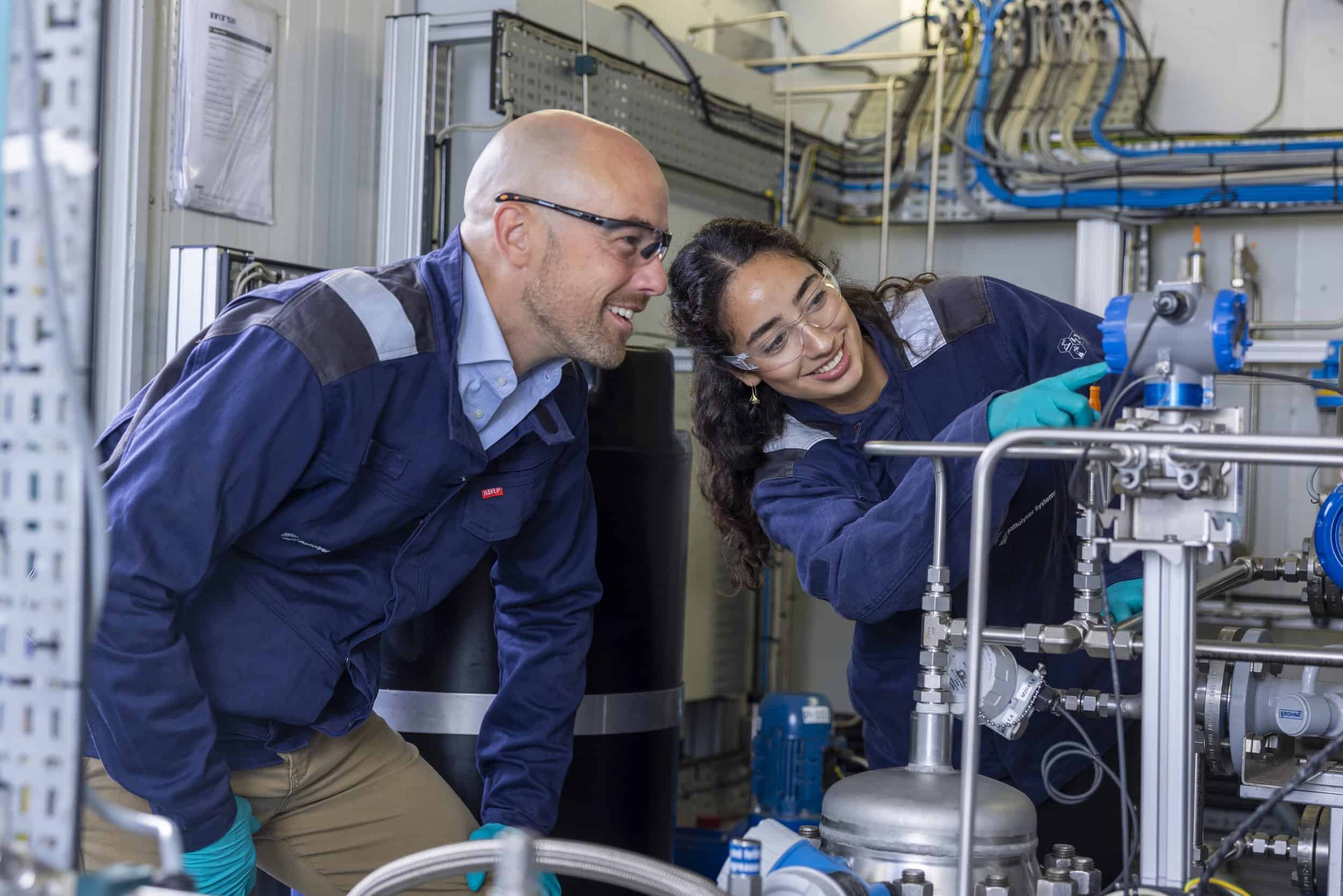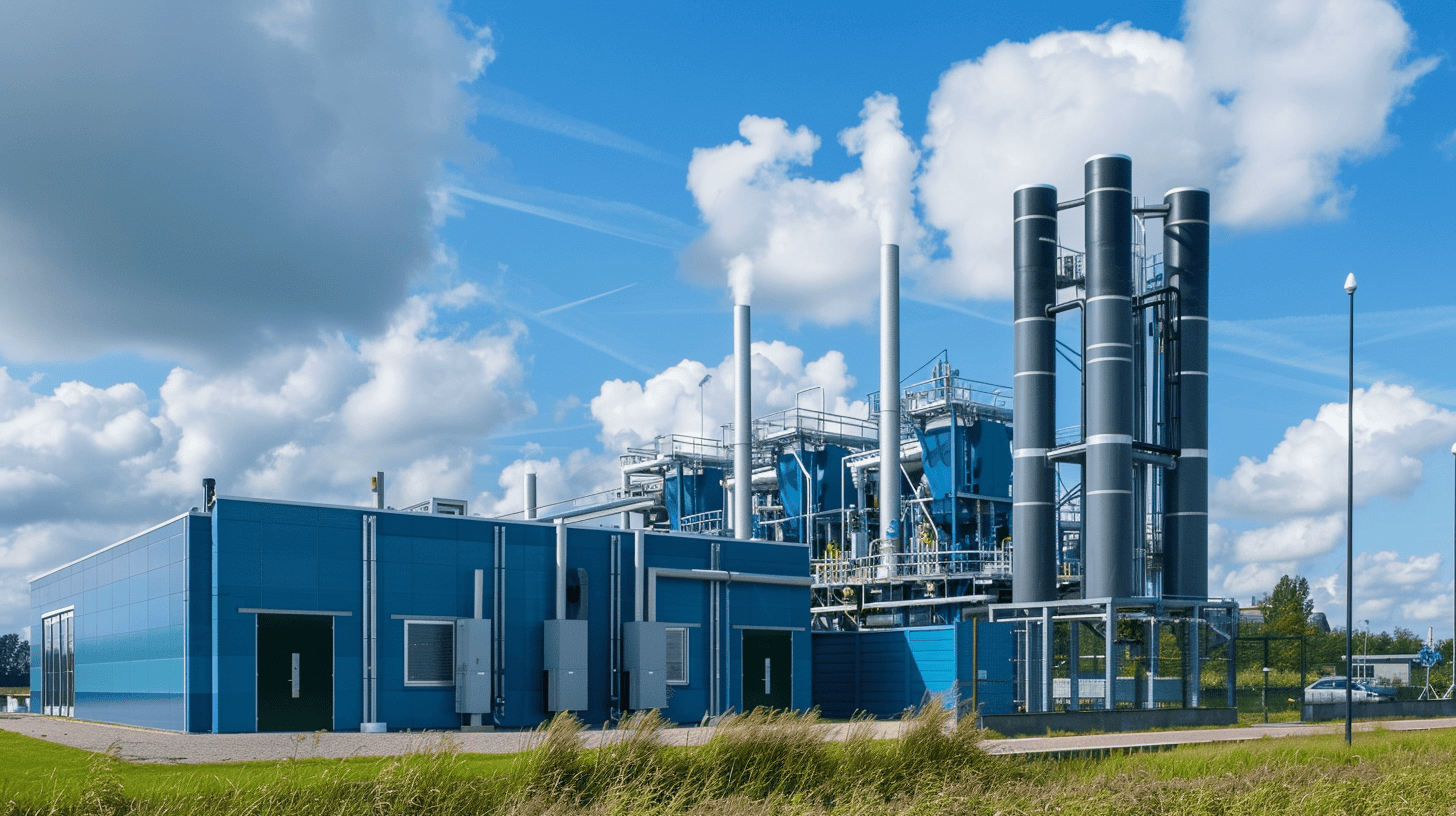
One of the great challenges facing the sustainable society is energy storage. We may one day have sufficient capacity from solar and wind energy, but renewable energy can be more efficiently fed into the electricity grid if there is a way to store it on a large scale and enable smooth production variations.
This week, the École Polytechnique Fédérale de Lausanne (EPFL) announced a possible solution for both clean hydrogen production and large-scale energy storage. It involves a modification of one of the liquids in the tanks of the so-called redox flow battery.

We spoke to Hubert Girault, professor of analytical and physical electrochemistry at EPFL and the man behind the new development. Girault is also involved with the Swiss H2Valais, a technology company working on a hydrogen infrastructure for mobility in Switzerland.
To start with, what is a redox flow battery?
Redox flow batteries consist of two tanks separated by an electrochemical cell. Two highly conductive electrolyte fluids – one on the positive side, one on the negative side – circulate through the tanks and past the cell to initiate a chemical reaction in which electrons are exchanged. The negolyte and posolyte solutions are separated by a membrane. These batteries store energy in an electrochemical form.
How do they differ from the common lithium-ion batteries?
The lithium ion battery also stores energy in an electrochemical form, but inside the electrode of its own structure. One of the disadvantages of lithium-ion batteries is that these types of batteries are subject to chemical decay and therefore their capacity dissipates over time.
Redox flow batteries have a much longer lifespan and are very flexible. The larger the tanks, the greater the capacity. Of course, such batteries are not intended for home use. To get an idea, in our test set-up in Matigny, the volume of each tank is over 10 cubic meters.
In any case, the redox flow battery is not new. What is your breakthrough?
The most common solutions of redox flow batteries use vanadium. There are as many as 30 companies developing vanadium flow batteries worldwide. Our contribution is that we have changed one of the solutions of the vanadium battery without altering the structure. The negolyte contains vanadium salt in sulfuric acid. But in the posolyte, we have a mixture of manganese and vanadium salt in sulfuric acid.
What is the advantage?
One advantage is that manganese is the 12th most abundant element in the earth’s crust and is less problematic to mine than, say, lithium. The use of manganese in the posolyte should reduce the price of the battery compared to that of an all-vanadium battery.
Conventional redox batteries can no longer store energy when fully charged. In our system, however, once the battery is fully charged, it can discharge liquid into external reactors. These in turn generate hydrogen, which can be stored and used later on, freeing up storage space within the battery.
Is hydrogen the future in mobility?
Perhaps not for private transport in Europe. Car drivers generally cover too short a distance for that. Hydrogen does make sense for long-haul and freight transport. With the current hydrogen production solution, you don’t have to store large quantities of hydrogen at the service station. You can produce hydrogen on demand.
Apart from mobility, hydrogen has a future primarily as an energy carrier. Electricity is difficult to transport over very long distances. If the distance to be covered is more than few hundred kilometers, loss then becomes an issue. Hydrogen, however, is a good vector for long distances either via pipelines or transported as liquid hydrogen.
Are there any disadvantages to the manganese vanadium flow battery?
The battery has a relatively high cost and energy density is low. Battery production needs to be industrialised on a large scale in order to lower the cost.
What will happen after this proof to concept?
We now need to design and produce industrial solutions, namely service stations to charge electric and fuel cell electric vehicles. These kinds of service stations cost a few million euros each. To install 1,000 such stations, you are talking about an investment of few billion euros.
Is your invention unique?
You cannot really call it an invention. It is more the result of a development after years of research. There are many ways to design a battery but very few methods to produce hydrogen. At present, our project is the first system able to store electricity and produce hydrogen on demand at the same site.
Read more about redox flow batteries








